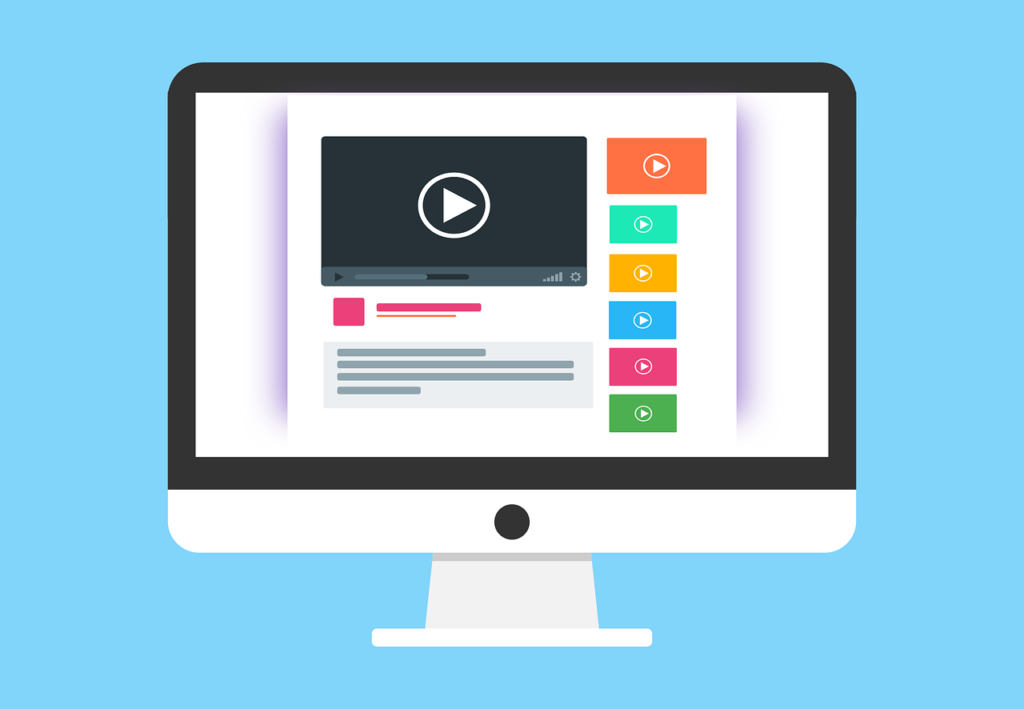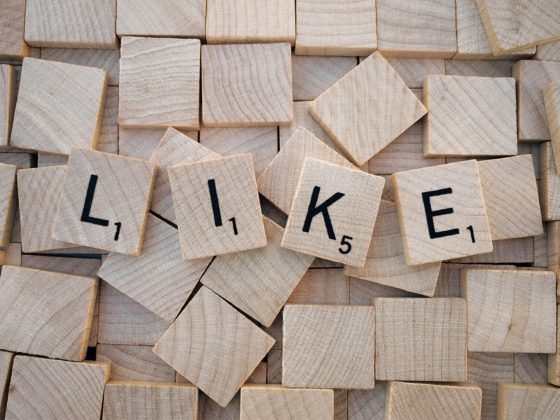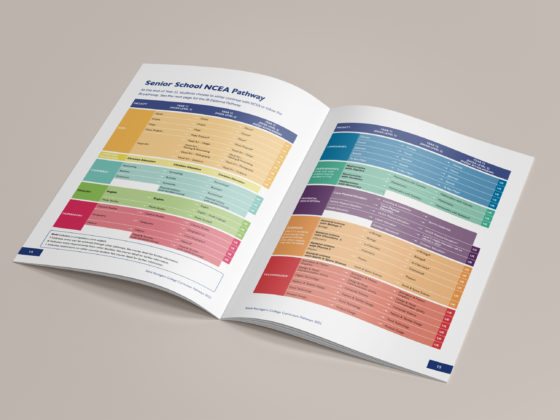Much of the 2020 school year will likely be taught online. With students not physically in class and a lot of school events cancelled, your yearbook content may need to adapt. Technology is helping us connect and teach, and it can also help us create and share yearbook content. Digital features bring a yearbook to life and also provide greater flexibility. Read on to learn how to incorporate digital elements into your online or print yearbook.
Digital Yearbook Content

Digital content offers endless options and unlimited storage. Without the confines of print and page space, you can add a wide variety of content to enhance the reader experience.
Your yearbook is ultimately a time capsule and should capture the school year in the best way possible. Video diaries from students in lockdown or streamed online events will give a snapshot of school life in 2020.
Using URLs

If your yearbook is digital, you can include links to specific websites, video hosting sites and photo albums. Just make sure to write a short blurb so readers understand what the link is for.
This feature is great for large collections of photos, which can be stored and shared with Google Drive or Flickr. Youtube and Vimeo are also useful for video sharing, and offer different privacy settings to ensure content is only seen by your school community.
QR Codes

If you see the value in digital features but would like your yearbook to be printed, a QR code can help you with this. A QR code is a scannable image that can direct readers to the photo album, website or video of your choice.
This feature can enrich your print yearbook, granting access to content that there is no space for, or that is digital by nature. QR codes are also great for late content additions that don’t quite meet the print cut off date.
Creating a QR code is easy and can be achieved online or through our EDOnline software.



